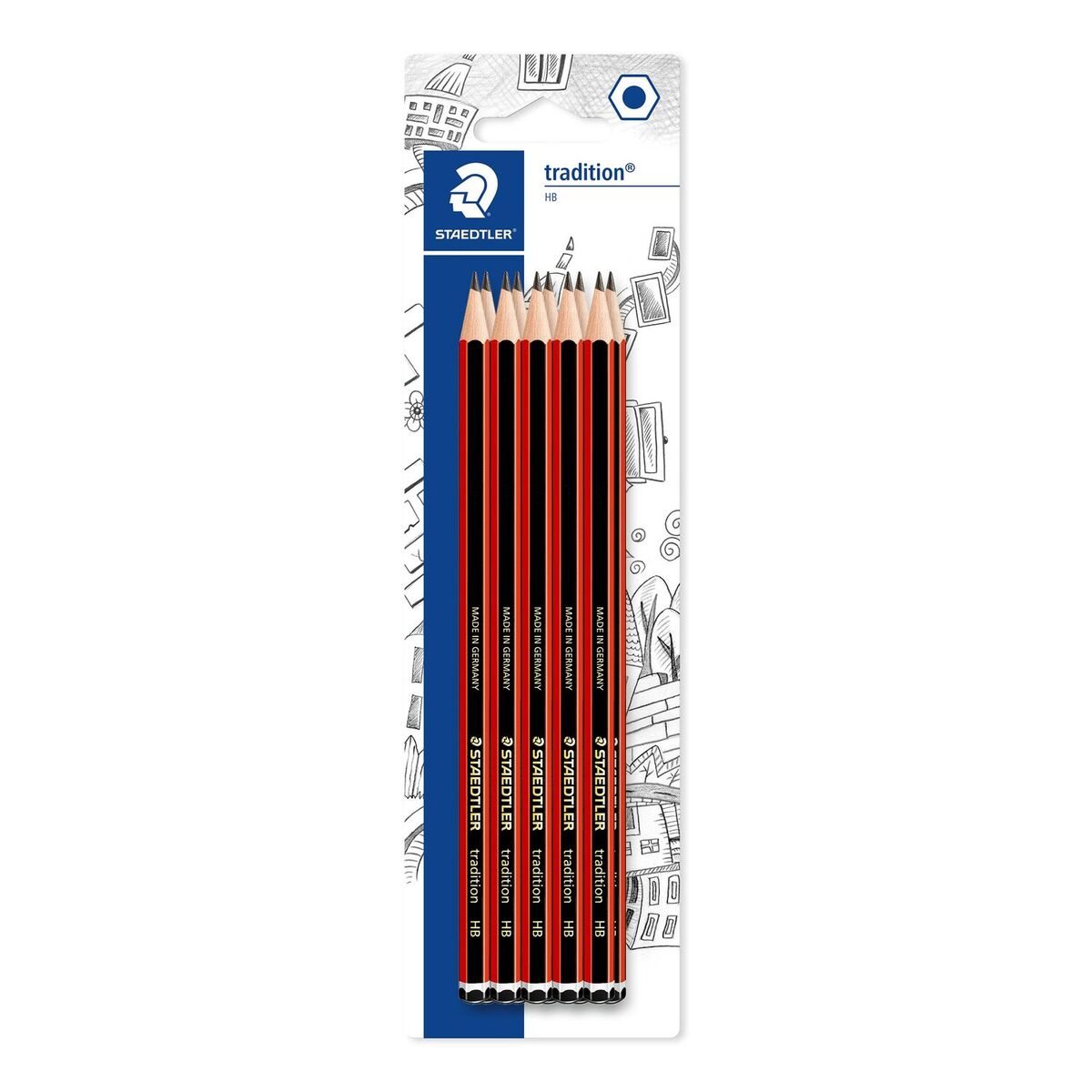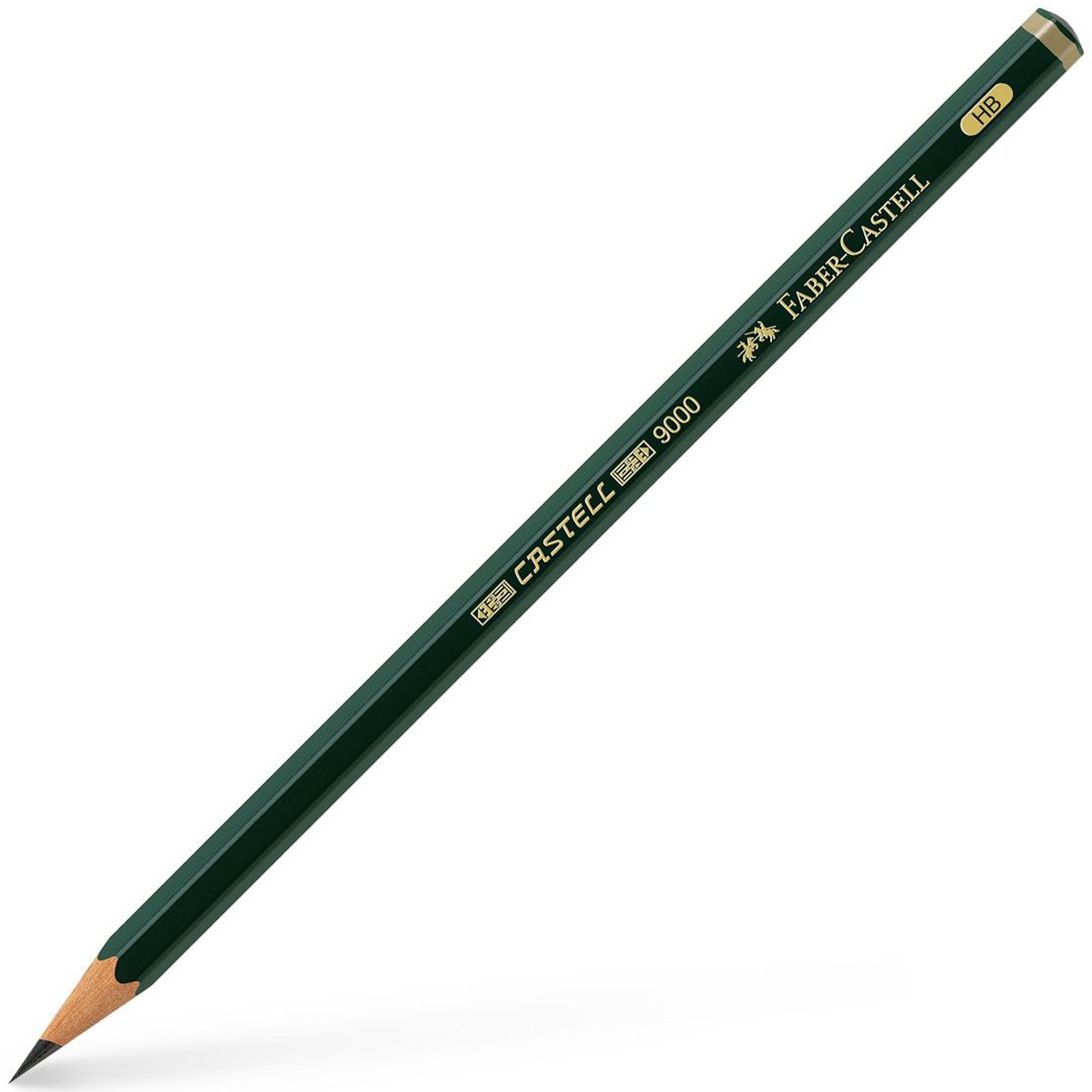
Faber Castell 9000 Dereceli Kalem Karakalem Eskiz Çizim Seti (HB,B,2B,4B,6B,8B) Resim ve Çizim Setleri Faber Castell 11 90 63

12 Adet Set 2h-8b Ahşap Kroki çizim Kalem 2h H F Hb B 2b 3b 4b 5b 6b 7b 8b Sert/orta/yumuşak Grafit Sanat Boyama İçin indirim \ Alışveriş ~ www.canan-insaat.com.tr

Faber Castell Resim Kalemi Faber Dereceli Kalem Seti Karakalem Seti Hb B 2b 3b 4b 5b 6b 10'lu Set | 51%'YE KADAR İNDİRİM | yoglobalnetwork.com

14 adet/takım profesyonel kroki çizim kalem seti HB 2B 6H 4H 2H 3B 4B 5B 6B 10B 12B 7B 1B boyama kalemleri kırtasiye malzemeleri – Grandado

Faber Castell Faber 1221 Dereceli Resim Kalemi Hb 6 Lı Paket | 57%'YE KADAR İNDİRİM | orologionetwork.it

Faber Castell Resim Kalemi Faber Dereceli Kalem Seti Karakalem Seti Hb B 2b 3b 4b 5b 6b 10'lu Set Fiyatları, Özellikleri ve Yorumları | En Ucuzu Akakçe

Staedtler Tradition Dereceli Çizim Kalemi Seti HB 10'lu Blister Resim ve Çizim Setleri Staedtler ST.110-HBBK10D10

Faber Castell 16 Adet Çizim Kalem 8B 7B 6B 5B 4B 3B 2B B HB F H 2 H 3 H 4 H 5 H 6 H için Standart Kalemler Okul Kroki kalem seti _ - AliExpress Mobile

Faber Castell Resim Kalemi Faber Dereceli Kalem Seti Karakalem Seti 3h 2h Hb B 2b 3b Set Fiyatı, Yorumları - Trendyol

Faber Castell Faber-castell Resim Kalemi Faber Dereceli Kalem Seti Karakalem Seti Hb-2b-4b-6b-8b 5'li Set | 52%'YE KADAR İNDİRİM | yoglobalnetwork.com
















